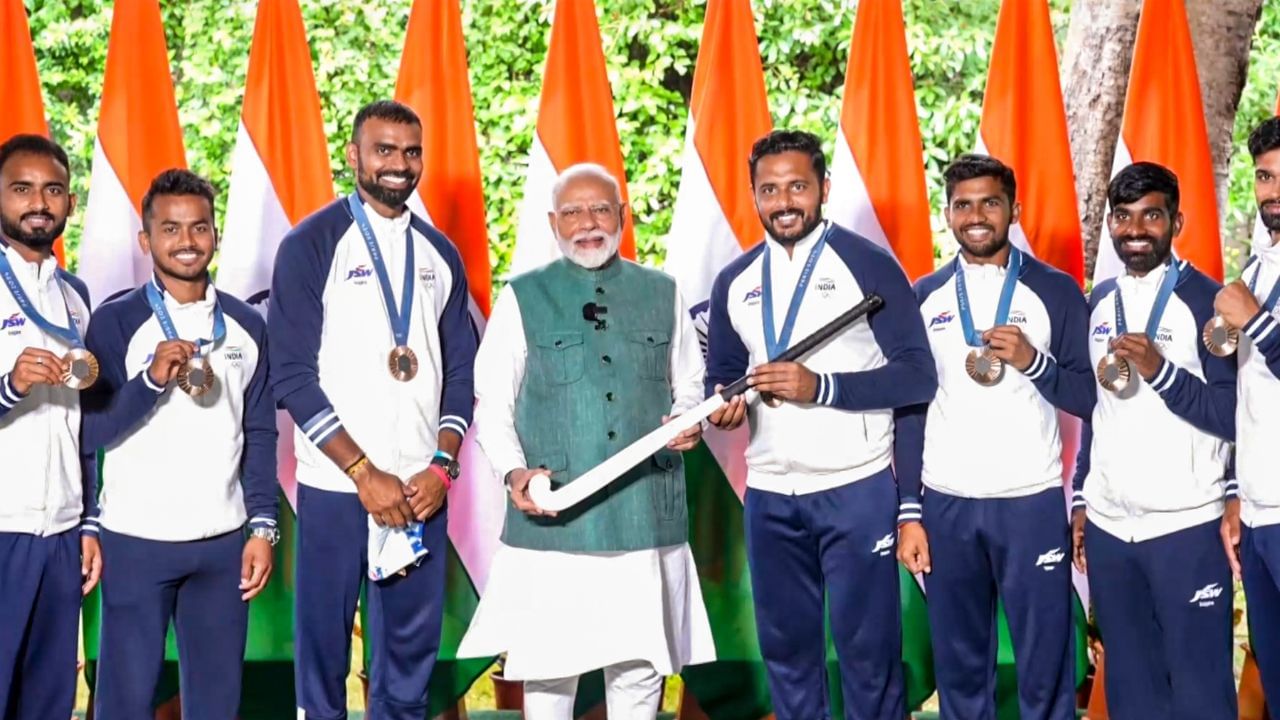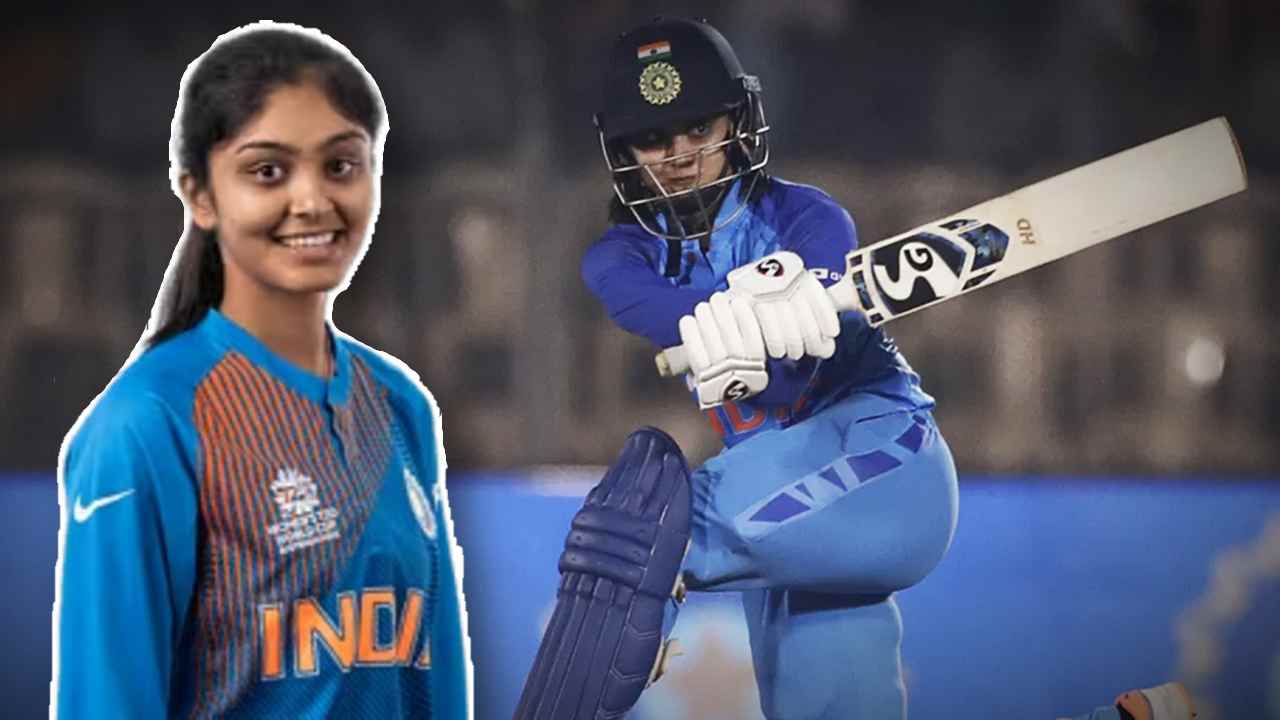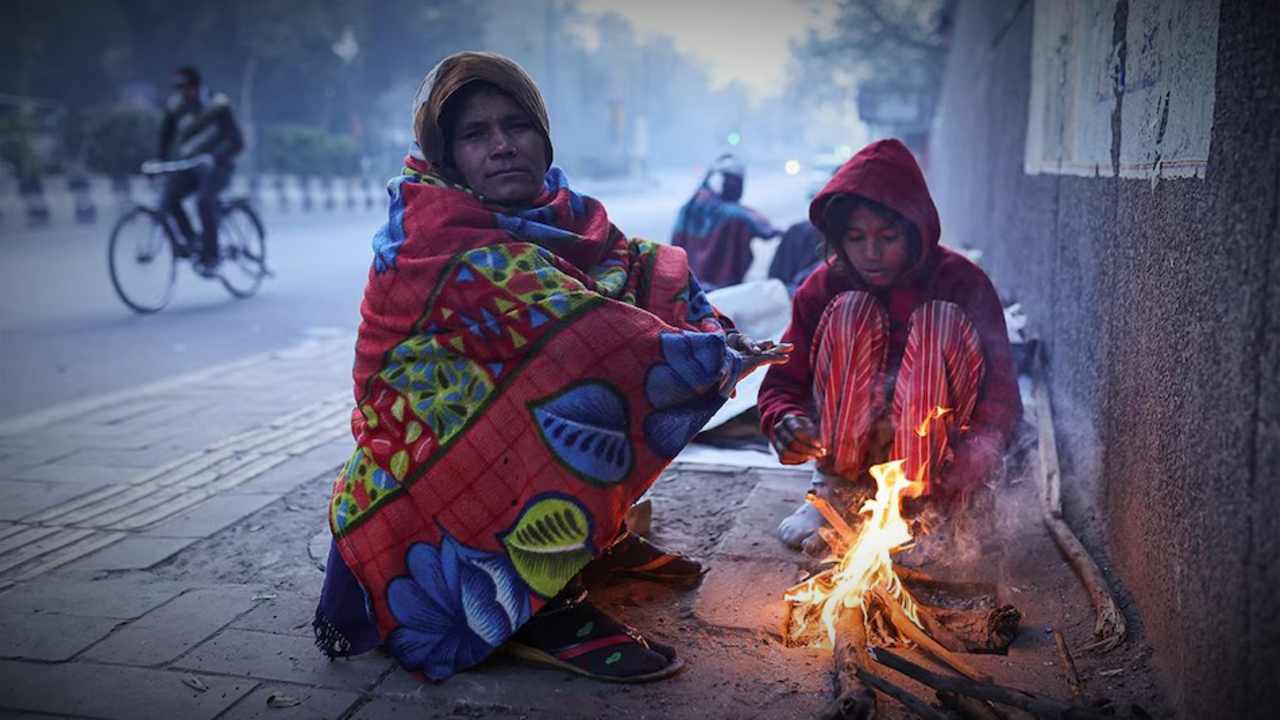In the exciting backdrop of the Asian Champions Trophy taking place in China, the highly anticipated match between India and Pakistan will unfold on Saturday, September 14. It’s noteworthy that this clash comes after a gap of 350 days, igniting the passion and emotions of hockey fans from both nations. However, the spotlight isn’t merely on the match; it shines on the financial inequities faced by the players from both sides, sparking an important discussion about their remuneration.
Earnings of Indian Hockey Players: A Different Scenario
Despite the Indian hockey team’s impressive performances over recent years, which include securing two consecutive Olympic medals, the earnings of these athletes pale in comparison to those of Indian cricketers. The disparities in salaries have long attracted the attention and criticism of fans and sports analysts alike. What’s more alarming is the fact that Indian hockey players do not receive a fixed salary from Hockey India, unlike their cricketing counterparts who benefit from significant financial support from the Board of Control for Cricket in India (BCCI).
So, how do Indian hockey players survive financially? The answer lies largely in government jobs. Most players hold positions within various government sectors, which serve as their primary source of income. In addition, they earn prize money for tournament wins, a notable sum promised by Hockey India based on performance. For instance, after winning bronze at the recent Paris Olympics, every player was rewarded with ₹15 lakh.
The Struggles of Pakistani Hockey Players
In stark contrast, the situation for Pakistani hockey players is disheartening. According to former Pakistani hockey player and captain Akhtar Rasool, there is no structured salary system for these athletes. Instead, during team camps, players receive meager allowances ranging from just 1,000 to 2,000 rupees. The absence of guaranteed salaries has left many players struggling to meet even basic expenses, such as their electricity bills.
The decline of traditional government jobs for players has only compounded their financial woes. While a travel allowance of 150 dollars was once standard for international competitions, many players have reported that they aren’t even receiving this minimal support. This dire situation calls for urgent attention and a reconsideration of how players are compensated for their contributions to the sport.
The Historical Rivalry: India vs. Pakistan in Hockey
Historically, the rivalry between India and Pakistan in hockey is rich and competitive, with a total of 180 matches played between the two countries. Out of these encounters, Pakistan has edged India with 82 victories, while India has claimed 66 wins, and 32 matches have ended in a draw. However, in recent years, particularly over the last 11 years since 2013, India has seen a significant upswing in dominance, winning 16 out of 25 matches played against Pakistan.
In the context of the Asian Champions Trophy, the two nations have crossed paths 11 times, with India winning 7 of those matches while Pakistan has won 2, and 2 matches ended without a winner. Their most recent encounter in this prestigious tournament saw India triumph with a decisive 10-2 victory, showcasing the growing strength and skill of the Indian hockey team.
The upcoming match promises to be not just a sporting battle but also a reflection of the broader challenges faced by hockey players in both nations. Fans will be eager to support their teams while also raising awareness about the conditions that these athletes endure.












